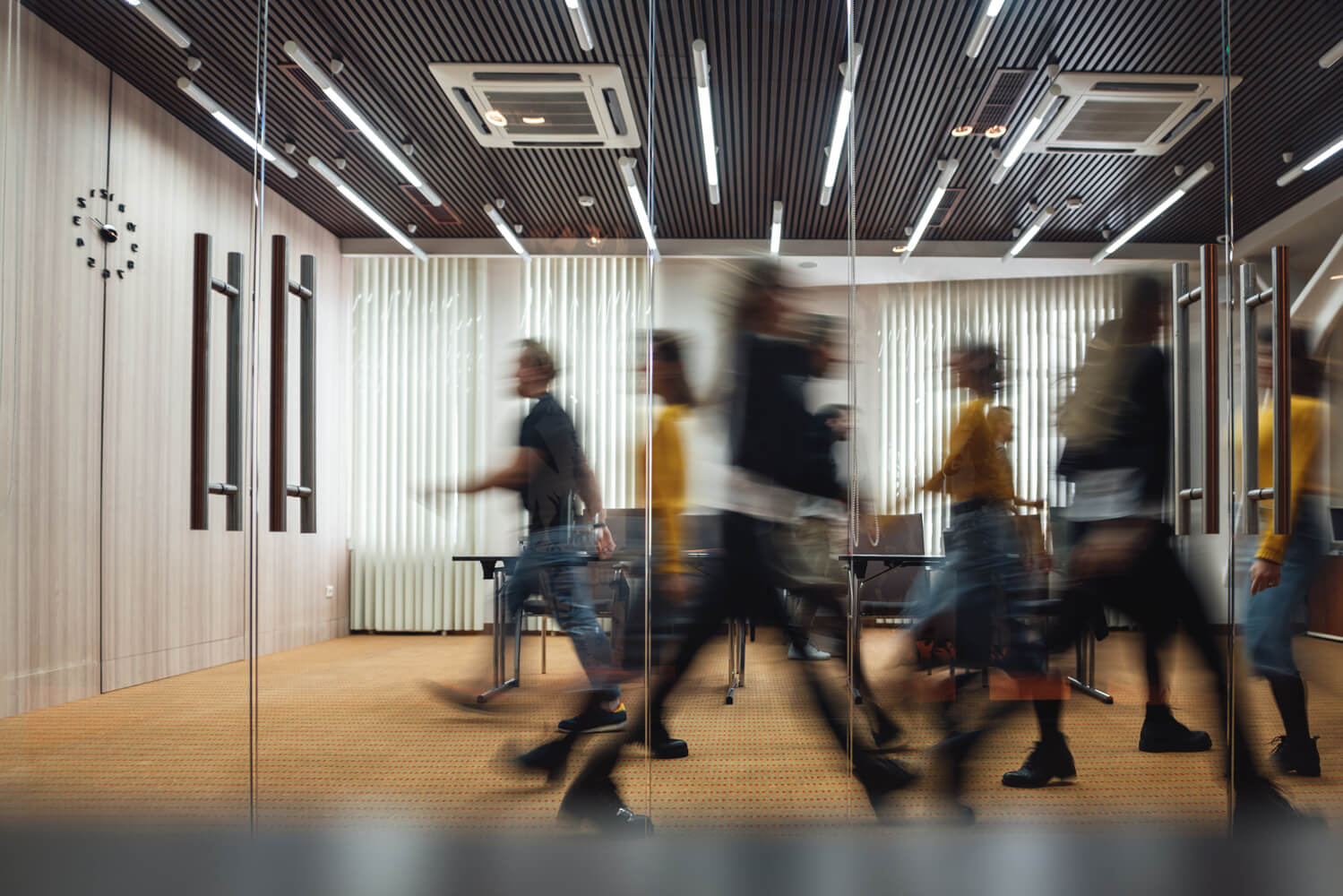4 Aspects of Manufacturing Buildings to Consider to Achieve Your Sustainability Goals


When designing and constructing a manufacturing building, there are special considerations that vary from the traditional warehouse and distribution center. A manufacturing building is defined as “an industrial facility, often a complex consisting of several buildings filled with machinery, where workers manufacture items or operate machines which process each item into another.” Due to the massive energy intensity of the industrial process that takes place in these facility types, there are some unique qualities that should be considered when addressing sustainability or third-party certification for these properties.
1. Set Sustainability Goals Early (even earlier than you think!)
Manufacturing processes can be heavily energy intensive and more frequently these companies are feeling the pressure to set company-wide ESG goals. Employees at these manufacturing companies are tasked with hitting meeting aggressive targets, but oftentimes don’t know how to achieve them especially, within the individual construction projects. There’s also a general understanding that because the manufacturing processes are so energy intensive, there’s less room to make improvements to show efficiency. It is difficult to rely on utilizing the industrial process to see those changes, so it’s important to begin energy modeling earlier than more traditional industrial buildings. Our process of doing iterative analysis alongside the design team can help meet third-party certification requirements more easily than if the team was brought on board later on. BranchPattern can get access to company-wide goals and then help the project team understand how the building can reach firm-wide goals.

One of the recent manufacturing projects BranchPattern worked on had to do early iterative energy modeling to show how their decisions would impact the energy consumption. The consulting team was able to change the mechanical design to use a boiler system rather than the originally designed package rooftop units. The client, Edwards Vacuum, had a company-wide electrification goal. The project wasn’t quite ready to be all-electric, however, by switching to a boiler system, they can be replaced in about 5-10 years with an all-electric option without having to replace any additional equipment.
2. Incorporate PV Readiness or Generation
The goal today may not be a net-zero energy facility; however, we understand that will be coming up soon. Whether or not PV instillation is being considered, we would recommend making sure the roof is solar ready. Ensuring structural integrity of the roof during design is paramount because it’s much harder to do after the fact. Also, if PV is being considered, it’s important to understand how that can impact the LEED certification, if the project is attempting the certification. The PV system must be functional to get the LEED points, and can add about 10-13 additional points! This can be a great way to bump up a certification level and help the company meet larger-reaching ESG goals.

Recently, one of our projects, Maxter Healthcare, rolled PV installation in with the construction of the building. On day 1 of operation, energy will be generated by the PV system which helps certify the building faster. With the added PV system, the project is targeting a Silver Certification level. Without those additional points, the project wouldn’t even meet the basic certification point requirements, showcasing how impactful an operating PV system can be for third-party certification.
3. Commission the Manufacturing Equipment
Commissioning building systems is a great way to ensure all the building equipment is operating correctly prior to occupation. It’s becoming a much more common process and LEED and other third-party certifications are helping to normalize commissioning as a part of the construction process. However, since LEED requires commissioning of ALL refrigeration, this includes manufacturing processes that utilize chillers to cool down equipment. It’s a good idea to ensure that your commissioning agent is familiar with this requirement.
In recent manufacturing projects aiming to achieve LEED certification, our team has heard great feedback about the importance of commissioning the manufacturing equipment. It’s helped ensure everything is properly functioning, so on day one the facility is up and running at full capacity.

4. Consider Water Conservation
In addition to energy, manufacturing buildings have a unique opportunity to explore water conservation measures. Any process that uses water can greatly benefit with water reuse or water treatment, both for outdoor and indoor use. Utilizing reused water for irrigation or indoor fixtures can have a massive impact on points within the LEED certification system. Manufacturing processes have a lot of water requirements used during the physical processes, which can generate a lot of waste water that can then be reused for other building functions.
Daikin’s manufacturing facility in Texas utilized a water-reuse system that became a valuable resource for non-potable purposes, such as irrigation and flushing fixtures. In addition to meeting local jurisdiction requirements, the thoughtful design of the wastewater treatment plant offered a strategic opportunity to optimize the system for LEED points. By aligning a wastewater treatment process with LEED criteria, manufacturing facilities can earn valuable points in categories such as Water Efficiency and Sustainable Sites.

Initially, it’s common to assume manufacturing buildings won’t qualify for LEED because of the intense processes that typically consume a lot of energy. And, while there’s some truth there, in our experience, if you’re going to pursue a third-party certification or attempt to meet company-wide ESG goals with a particular building project, involve a sustainability consultant early to help you reach your goals.


View More Resources
Benefit from our expertise


